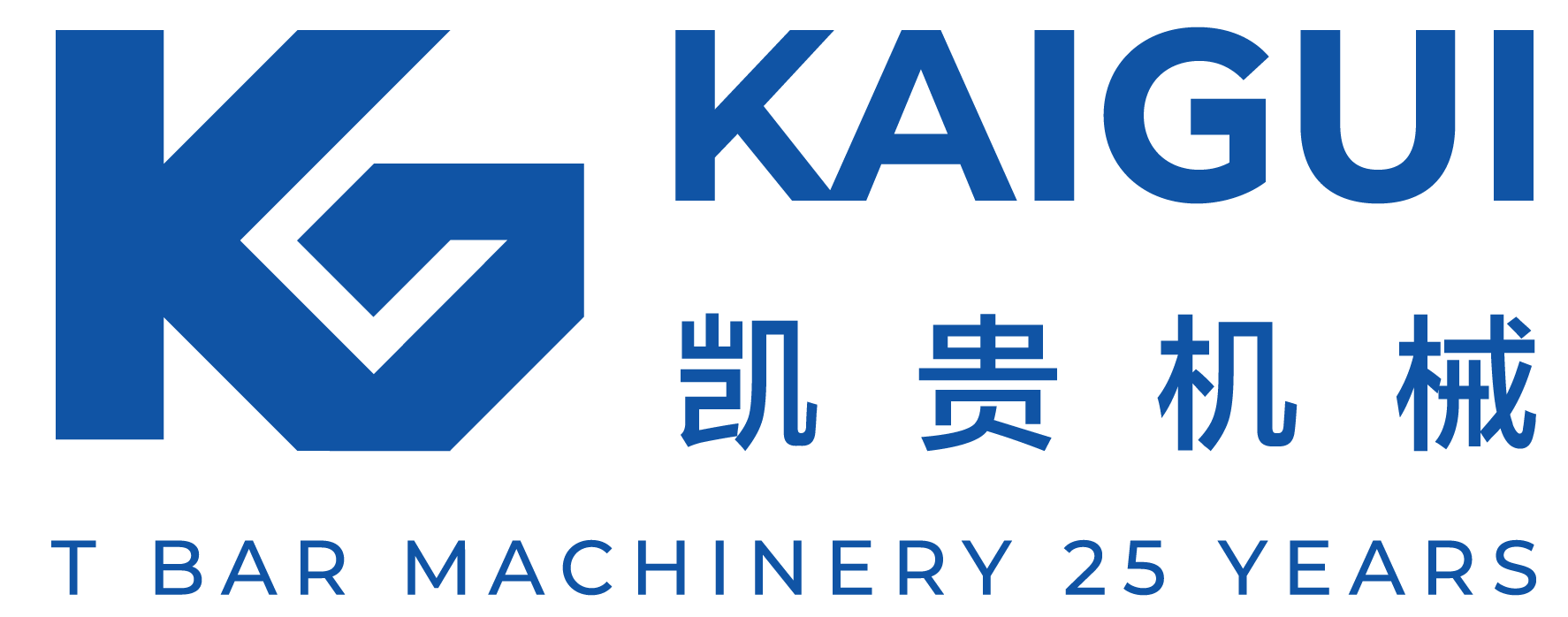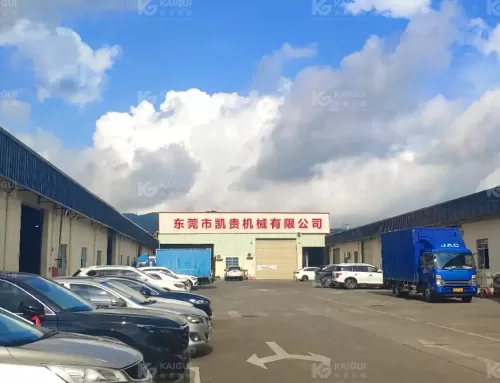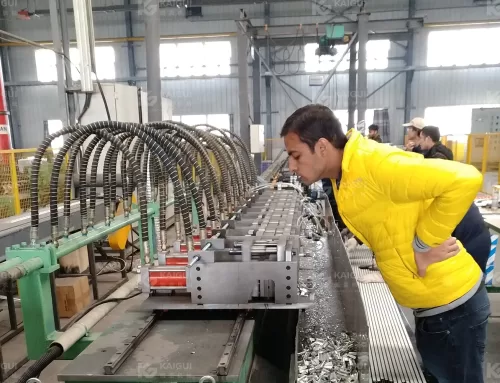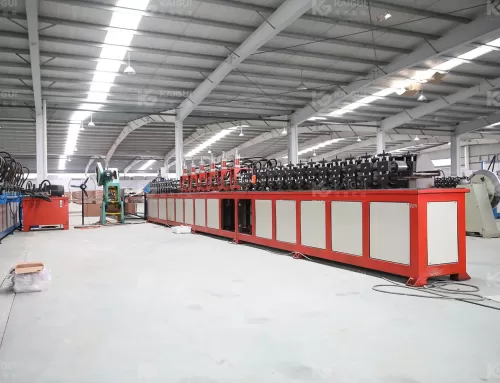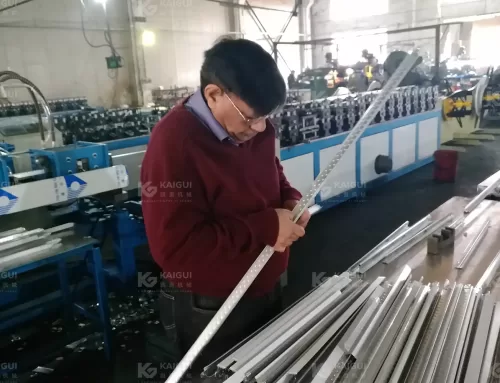
With the increasing popularity of steel structures, the use of C purlins and Z purlins has become more common. Here, we’ll focus on the key differences between C purlins and Z purlins to help you make informed choices for your construction needs:
Angle of Purlins:
- C Purlin: C purlins have a 90-degree angle.
- Z Purlin: Z purlins have an angle of less than 90 degrees.
Note: When working with a sloped surface, consider the angle of the purlin in conjunction with the slope. Z purlins are more suitable for steeper slopes due to their bending performance.
Mechanical Properties and Connection:
- C Purlin: Both C and Z purlins are typically connected to the steel frame using bolts. The calculation for C purlins is simpler.
- Z Purlin: From a structural and calculation perspective, Z purlins are considered more reasonable. They are preferred except for specific nodes like door and window openings.
Roof Slope Considerations:
- C Purlin: For roofs with small slopes, the flexural section modulus of C purlins is slightly smaller than that of Z purlins, but the difference is not significant.
- Z Purlin: As the roof slope increases, the flexural section modulus of Z purlins symmetrically increases in the vertical direction. Therefore, Z purlins are more suitable for roofs with steeper slopes.
Wall Applications:
- C Purlin vs. Z Purlin: The choice between C purlins and Z purlins doesn’t make a significant difference for wall applications. If you need continuous components for purlins, Z purlins are more convenient for lapping.
In summary, the choice between C purlins and Z purlins depends on your specific construction requirements. Consider factors such as roof slope, mechanical properties, and connection methods when deciding which type of purlin is more suitable for your project.
